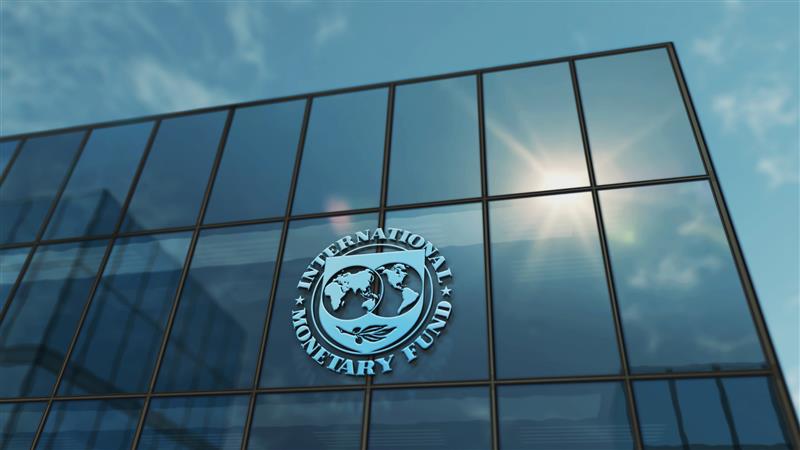
The International Monetary Fund (IMF) this month issued its warning on how the massive, speculative investment fueling the AI sector is showing undeniable parallels to the dot-com bubble. So, is the AI bubble bursting anytime soon?
During the IMF and World Bank meetings in Washington, experts questioned the soaring valuations running against infrastructure risks, from strained data-center capacity to energy demands and chip supply chain bottlenecks.
The generative AI hype has caught investors attention, with companies pouring billions of dollars into generative models, cloud computing, and high-end chips. Yet underlying the hype is an unstable foundation. Absent strong infrastructure, even the most tantalizing AI projects can falter, transforming excitement into instability.
Amplified by the frenzy of companies like OpenAI and Anthropic, the high risk of a dramatic burst creates a conflict between the breakneck pace of AI companies’ valuations and the current economic reality.
It is the same fundamental economic reality where a plethora of these businesses lack sustainable revenue models and discernible trajectories toward sustainable revenues.
AI Infrastructure Investment Stress Points
Massive data centers are AI’s pivot but also its stress points. OpenAI, Microsoft, and Nvidia are racing to build centers to meet fast demand for generative AI. However, limited power, water usage, and grid capacity could slow growth or halt operations, leading to AI stock market crash, experts say.
According to Al Jazeera, IMF Chief Economist Pierre-Olivier Gourinchas made comparisons with the technology boom of the 1990s and noted that inflated share prices may not be replicated in underlying productivity gains.
“This is not financed by debt, and that means that if there is a market correction, some shareholders, some equity holders, may lose out,” Gourinchas said.
The widening AI valuations bubble suggests investor optimism is outpacing infrastructure readiness.
Supply-chain limits on AI chips – especially from Nvidia and AMD – threaten project timelines, and heavy energy demands could strain both local utilities and broader industrial systems.
Private Equity AI Bubble Risks
Financial markets brace for potential shocks, with questions about the AI bubble popping discussed by analysts and regulators. OpenAI’s partnerships with Nvidia and Microsoft illustrate complex financing loops that support AI infrastructure but may obscure true demand.
When will the AI bubble burst? clues indicate that it’s around the corner.
Investors are questioning whether these physical infrastructure and financial investments will be valuable. Concerns of is the AI bubble going to burst are being fueled by the massive energy usage, supply-chain bottlenecks.
Adding to that, the uncertainties on whether AI server sales will grow AI bubble or not.
Private equity and institutional investors are assessing AI infrastructure risk before committing more capital. Experts warn a sudden AI market crash would spread beyond tech stocks if infrastructure or financing risks are unmanaged.
The ultimate question is whether the AI sector can equal its ambition with its constraints, or if these hidden risks are the AI bubble pop? With valuations escalating in a hype and infrastructure squeeze, the future of AI may be decided as much by wires and watts as algorithms.
Even with persistent optimism, AI investment due diligence is much needed.
The world watches to see if the AI bubble will burst or if the economy can sustain it. Every new server, data center, and chip delivery test whether AI’s promise can survive its own infrastructure.
Is the AI bubble bursting? The bubble’s fate may hinge as much on infrastructure limits as financial speculations.
Inside Telecom provides you with an extensive list of content covering all aspects of the tech industry. Keep an eye on our Tech sections to stay informed and up-to-date with our daily articles.